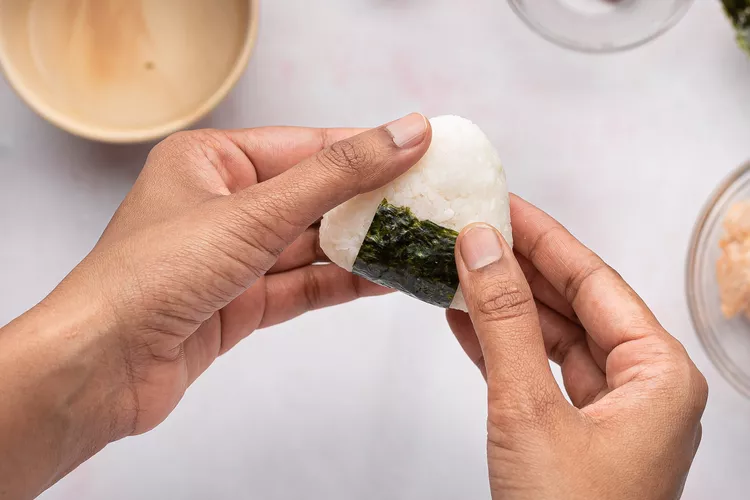Rice Balls: A Delicious and Versatile Delicacy
Rice balls, also known as onigiri in Japanese cuisine, are a popular and versatile delicacy that has gained international recognition. These compact, portable snacks are made by shaping cooked rice into bite-sized balls and often filled with a variety of ingredients. Rice balls have a rich history and have become an integral part of Asian culinary traditions. In this article, we will explore the origins of rice balls, the different types and fillings available, their cultural significance, and how you can enjoy making and eating these delectable treats.
1. Origins of Rice Balls
Rice balls have a long history that can be traced back to ancient Japan.
They were initially created as a way to preserve and transport rice during travels, as they could be easily carried and eaten without the need for utensils.
Over time, rice balls became a staple food for samurais and were often consumed as a quick energy source during battles.
The technique of shaping rice into balls and filling them with various ingredients evolved, and different regions in Japan developed their unique styles and flavors.
Today, rice balls are enjoyed not only in Japan but also in various Asian countries and even beyond.

Japanese Rice Balls
2. Types and Fillings
Rice balls come in a wide range of types and fillings, making them suitable for different tastes and preferences. The traditional onigiri is made by molding rice with salted hands, giving it a subtle seasoning.
However, modern variations include mixing rice with seasonings like furikake (a Japanese rice seasoning) or incorporating ingredients like pickled plum (umeboshi), grilled salmon, or tuna.
Other popular fillings include tempura, shrimp, grilled eel, and various vegetables. The fillings can be placed in the center of the rice ball or wrapped within a sheet of nori (seaweed). These variations offer a diverse range of flavors and textures, ensuring there is something for everyone.
3. Cultural Significance
Rice balls hold significant cultural value in Asian societies. In Japan, onigiri is often associated with home-cooked meals and comfort food.
They are commonly included in bento boxes, school lunches, and enjoyed during picnics. Rice balls are also symbolic of family bonds and are sometimes made with love and care by parents for their children.
Furthermore, rice balls play a role in various cultural festivals and traditions.
For instance, in Japan, they are a common offering at shrines during festivals like Hinamatsuri (Doll's Festival) and Children's Day. Their significance extends beyond Japan, as they are now enjoyed globally due to their portability, convenience, and delicious taste.

Japanese Rice Balls
4. Enjoying Rice Balls
Making and enjoying rice balls can be a delightful experience. They are relatively easy to prepare and can be customized to suit individual preferences.
To make rice balls, start by cooking Japanese short-grain rice, as it has the perfect stickiness for molding. Shape the rice into balls with moistened hands and add the desired filling. For added convenience, you can use plastic wrap or a specialized onigiri mold.
Rice balls can be enjoyed as a snack, a light lunch, or a part of a bento box.
They are also suitable for picnics, road trips, and hiking due to their portable nature. When eating rice balls, take a bite to experience the blend of flavors and textures. The combination of soft rice and flavorful fillings creates a satisfying culinary experience.

Japanese Rice Balls
Rice balls, with their rich history, diverse fillings, and cultural significance, have become a beloved food enjoyed by people worldwide. Whether you're a fan of traditional flavors or looking to explore unique variations, rice balls offer a versatile and delicious snacking option. So, why not try making your own rice balls and experience the joy of this delightful Asian delicacy?